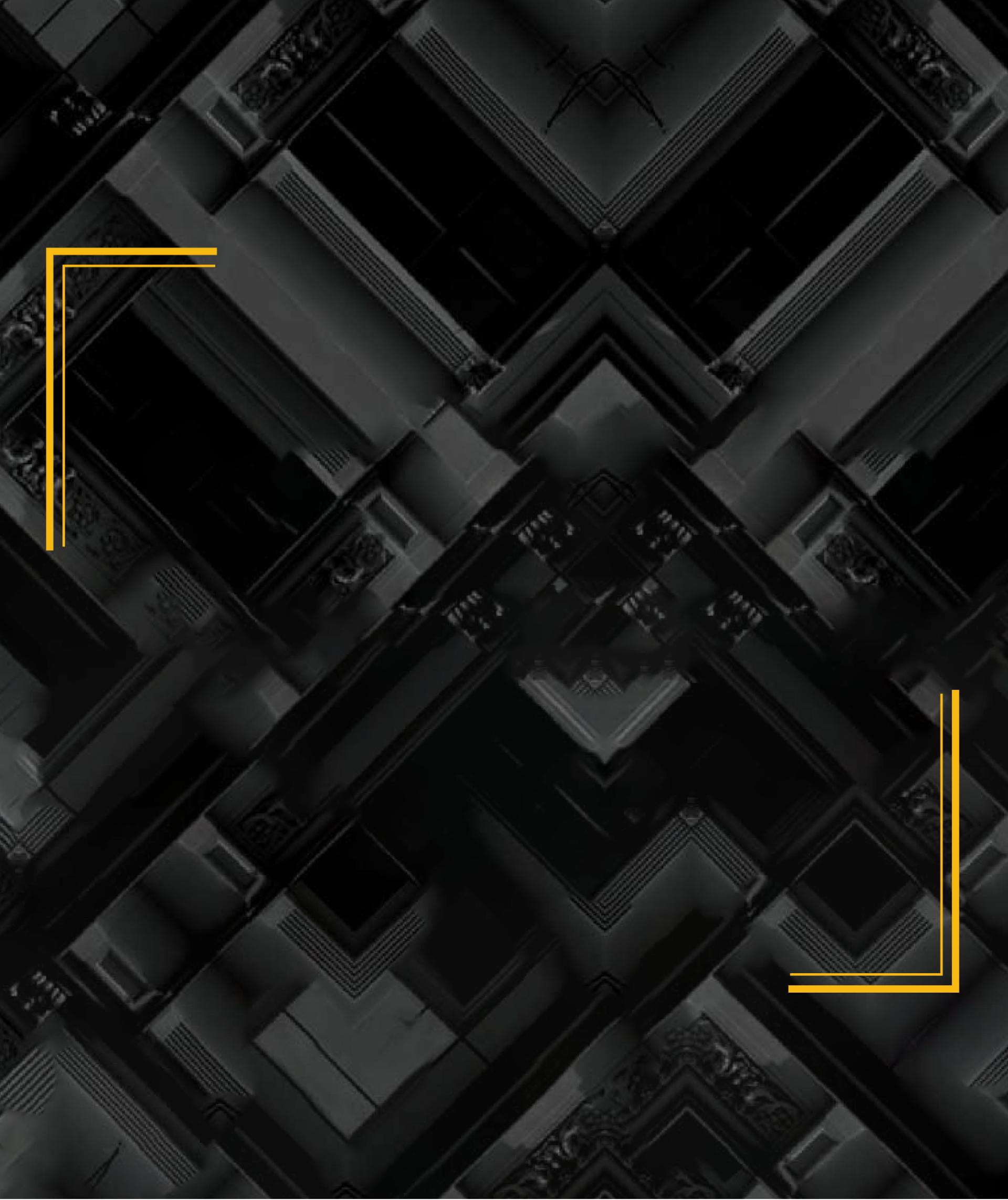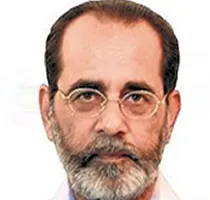-
CENTRES
Progammes & Centres
Location
 PDF Download
PDF Download 
Rakesh Sood, Ed., “Nuclear Order in the Twenty-First Century,” January 2019, Observer Research Foundation.
“Now I am become Death, the destroyer of worlds.” Dr. Robert Oppenheimer once admitted that these words from the Bhagvad Gita came to his mind as he witnessed the world’s first detonation of a nuclear device on 16 July 1945. Less than a month after the event, nuclear weapons were used twice, bringing death and destruction to the cities of Hiroshima and Nagasaki. Since then, nuclear weapons have occupied a hallowed space in national security doctrines and conversations on international security. Perhaps due to their destructive potential, nuclear weapons have never been used since the Second World War. This taboo has survived for over seven decades. The question is – can it hold in the 21st century?
The current nuclear order was born amidst the rivalry of the Cold War. In this bipolar world, the US and USSR accumulated over 60,000 nuclear bombs. Nuclear deterrence theories were refined to rationalise their arms race and justify how nuclear stability would keep the world safe. The Cuban Missile Crisis of 1962 and the threat of nuclear proliferation, however, created an urgent impetus to find new political solutions to guard against annihilation. Bilateral arms control agreements helped reduce the global nuclear stockpiles by more than three-fourths. The Nuclear Non-Proliferation Treaty (NPT), which was extended into perpetuity in 1995, enjoys the widest adherence among all multilateral arms control agreements, with only India, Israel, North Korea and Pakistan outside its fold. However, reassuring as this may sound, there is a growing concern today that past measures may prove insufficient.
Like many other arrangements, 20th-century solutions for nuclear stability are failing. Some of the bilateral nuclear arms control agreements between the US and the USSR are already dead. In 2002, the US unilaterally withdrew from the 1972 ABM Treaty, creating a new impetus to develop missile defence capabilities. In October 2018, President Donald Trump declared that the US is withdrawing from the 1987 INF Treaty, which prohibited both countries from deploying missiles with ranges between 500 and 5,500 kilometres. The New START agreement, which limited the stockpiles and launch platforms that both countries could deploy, is due to lapse in 2021. Neither state is likely to renegotiate. These developments imply that for the first time in half a century, American and Russian strategic nuclear arsenals will not be subject to any bilaterally negotiated constraints.
While the US and Russia continue to account for the largest stockpile of nuclear weapons, the fact remains that their bilateral relationship is no longer central to global strategic stability. The onset of a multipolar world in the 21st century has seen new actors enter the fray. North Korea, an isolated authoritarian regime, now possesses missiles capable of reaching American shores. Iran has defied Western sanctions to bolster its own nuclear programme. Pakistan has continued to improve the sophistication of its stockpile, introducing “tactical” nukes in an attempt to gain the upper hand against India. China is developing hypersonic missiles, capable of outmanoeuvring even the best anti-missile defence systems. The nuclear question has even become part of popular debate in Europe, as experts question the sufficiency of America’s security umbrella. And without course correction, there is a real possibility that these developments will beget a new nuclear race. The North Korean risk could compel South Korea and Japan to develop nuclear weapons. If Iran should develop the bomb, regional powers like Turkey and Saudi Arabia may feel tempted to join the fray. And if nuclear technologies should continue proliferating, it may well only be a matter of time until a resourceful non-state actor sets off a nuclear crisis in the 21st century.
Technological developments have also created new strategic risks. Countries are developing more usable nuclear weapons. Dual-use systems are blurring the line between the conventional and nuclear, eroding a key threshold. Advancements in missile defence capabilities have only compelled adversaries to expand their retaliatory capabilities. Offensive cyber capabilities threaten command and control structures and early warning systems, compressing critical decision-making timelines. Hypersonic weapons are creating new re-entry platforms. Increasingly, there is a growing asymmetry among nuclear weapons states: asymmetry in terms of sizes of arsenals, technological capabilities and stated nuclear doctrines. The principles of ‘parity’ and ‘mutual vulnerability’ that once underpinned bilateral nuclear arms control may no longer be valid.
Taken together, the nuclear landscape of the 21st century looks far more uncertain than ever before. Indeed, the democratisation of nuclear weapons and associated technologies is rendering assumptions of the past, obsolete. Nuclear war between major powers may not be triggered by bilateral disputes; instead, any number of regional conflagrations may lead to unintended consequences. The principle of “deterrence” may no longer prove utilitarian in an era of nationalism and religious fanaticism. The informatisation of the battlespace will create new uncertainties, as cyberspace and artificial intelligence become more central to nuclear postures. Given these rapid transformations, it is no wonder that states around the world are once again struggling with nuclear weapons policy. And while the international community has successfully avoided the use of nuclear weapons for over seven decades, it is now worth considering if the doctrines, rules and strategies of the past remain relevant.
During the last two years in which ORF embarked on this project, it has become apparent that the international order has been unable to respond to the new realities of nuclear stability. In fact, the world has even seen new doctrines and technologies being unveiled by some nuclear weapons states, including the US and Russia. Unhappy with this lack of progress on nuclear disarmament, 122 non-nuclear weapons states (all party to the NPT) negotiated a new Treaty on the Prohibition of Nuclear Weapons in 2017. However, the fact that negotiations were boycotted by all nuclear weapons states and their allies suggests that disarmament is hardly on the horizon. Instead, most nuclear weapons states are upgrading, not downgrading, their nuclear arsenals. As on other global issues, there is a growing divide in the nuclear field and it is clear that we need a new nuclear order for the 21st century.
Despite the long-term dangers of a nuclear arms race, however, the subject itself no longer receives much popular attention. This book is an attempt to correct this as it seeks to ignite a discussion on how we must go about creating a stable nuclear order. I am grateful to all our contributors, who approach this issue with a sense of realism, reflecting their long years of experience in dealing with these issues in government, academia and think tanks, and in multilateral organisations. I would also like to acknowledge Ambassador Rakesh Sood for his contributions and leadership in initiating and guiding this and other projects at ORF and congratulate him for this very important effort. His long years of experience in nuclear policy as well as bilateral and multilateral negotiations have helped bring together the diverse perspectives presented in the book. The whole, I am sure, is greater than the sum of the parts; this book, a collection of incisive essays, will be a useful resource for scholars, practitioners and policymakers alike.
The views expressed above belong to the author(s). ORF research and analyses now available on Telegram! Click here to access our curated content — blogs, longforms and interviews.

Ambassador Rakesh Sood was a Distinguished Fellow at ORF. He has over 38 years of experience in the field of foreign affairs economic diplomacy and ...
Read More +